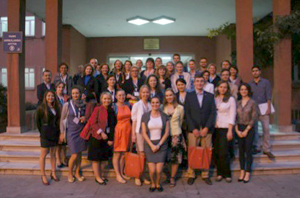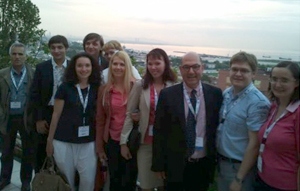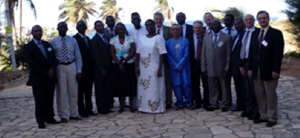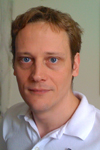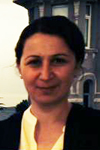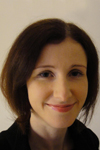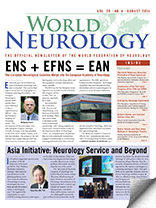The Nominating Committee of the World Federation of Neurology having invited nominations for one elected trustee post falling vacant with effect, from the 2014 Annual General Meeting (Council of Delegates) on Sept. 11, 2014, recommends the following candidates to the membership:
- Prof. José Biller (U.S.)
- Prof. Riadh Gouider (Tunisia)
- Prof. Dr. Serefnur Ozturk (Turkey)
- It is open to anyone to make additional nominations by:
- Obtaining the supporting signatures of five or more authorized delegates
- Submitting the name(s) of the individual(s) in question to the Secretary-Treasurer General, c/o the London Secretariat office, to arrive at least 30 days prior to the date of the Council of Delegates meeting.
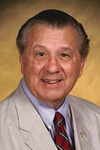
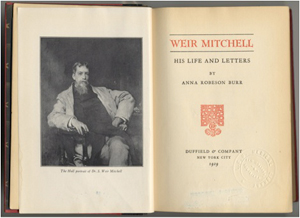
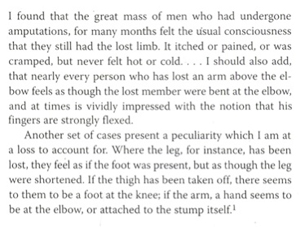
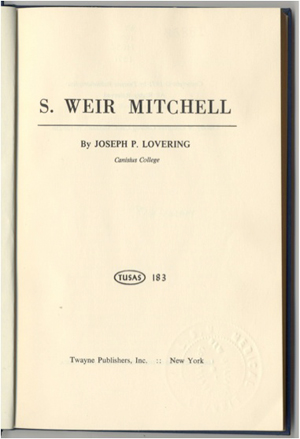
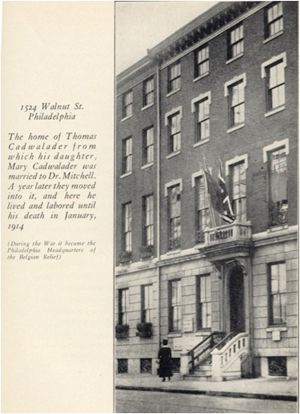
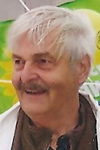
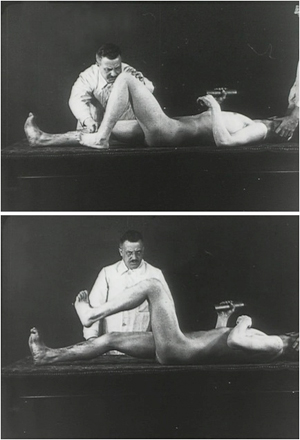
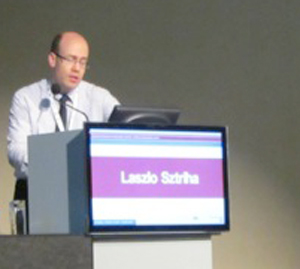
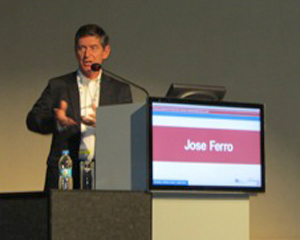
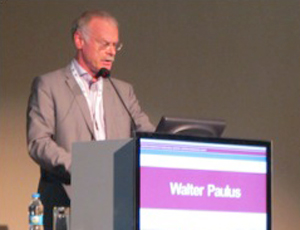
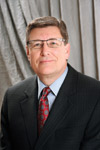
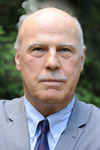
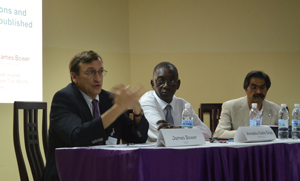 An unrestricted educational grant was obtained from the Lundbeck International Neuroscience Foundation. The course faculty of international educators included: Erich Schmutzhard and Wolfgang Grisold (Austria); Riadh Gouider (Tunisia); William Howlett (Tanzania); Jean-Michel Vallat (France); Anthony Zimba and Masharip Atadzhanov (Zambia); Raj Kalaria, Peter Sandercock and Tim Steiner (UK); Amadou Gallo Diop (Senegal); Angelo Antonini (Italy); James Bower (U.S.); Osheik Seidi (Sudan); and Mehila Zebeginus (Ethiopia).
An unrestricted educational grant was obtained from the Lundbeck International Neuroscience Foundation. The course faculty of international educators included: Erich Schmutzhard and Wolfgang Grisold (Austria); Riadh Gouider (Tunisia); William Howlett (Tanzania); Jean-Michel Vallat (France); Anthony Zimba and Masharip Atadzhanov (Zambia); Raj Kalaria, Peter Sandercock and Tim Steiner (UK); Amadou Gallo Diop (Senegal); Angelo Antonini (Italy); James Bower (U.S.); Osheik Seidi (Sudan); and Mehila Zebeginus (Ethiopia).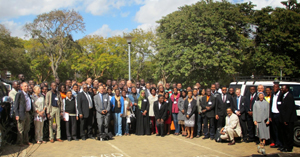 The program was selected by participants from the previous year, based on a poll. The lectures were presented with PowerPoints. Some sessions were supported by video demonstrations. All presentations were followed by discussions, and there was time for questions after each main lecture session. At the end of each block, a question-and-answer session was allowed, which was highly interactive. The faculty joined in guessing the answers and in the discussions, and several academic points of view were aired.
The program was selected by participants from the previous year, based on a poll. The lectures were presented with PowerPoints. Some sessions were supported by video demonstrations. All presentations were followed by discussions, and there was time for questions after each main lecture session. At the end of each block, a question-and-answer session was allowed, which was highly interactive. The faculty joined in guessing the answers and in the discussions, and several academic points of view were aired.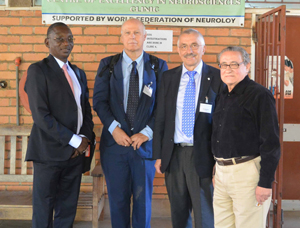 Both the case discussions as well as the general discussions revealed positive and critical aspects: It seems that young neurologists are exposed to a huge quantity of diseases and patient needs in their countries, but they have limited resources in so many ways. But their knowledge and interest is great, and this is what makes this course exciting.
Both the case discussions as well as the general discussions revealed positive and critical aspects: It seems that young neurologists are exposed to a huge quantity of diseases and patient needs in their countries, but they have limited resources in so many ways. But their knowledge and interest is great, and this is what makes this course exciting.